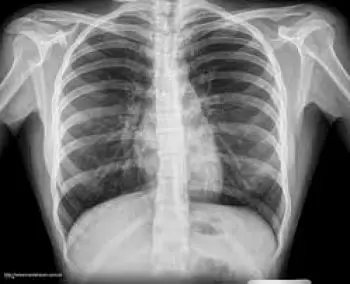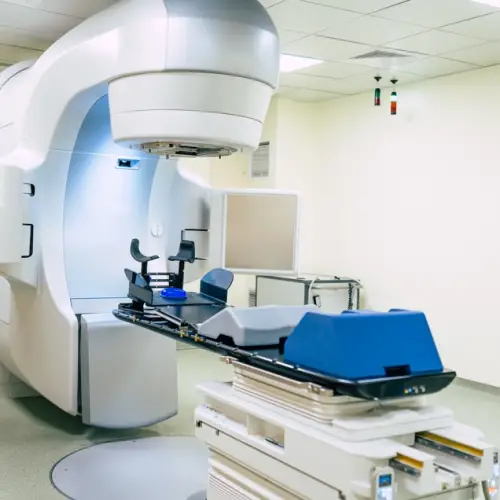
Nuclear medicine is therapy used to treat serious diseases, such as cancer. It is a precise and effective tool to diagnose and treat various diseases. The clinical uses of radiopharmaceuticals cover most medical specialties.
In this article we will explain what nuclear energy consists of, what it is used for. We also list some examples of disease diagnosis and treatment techniques that use radioactive materials.
What is nuclear medicine?
Nuclear medicine is a specialty of medicine that focuses on the use of radiation to diagnose and treat diseases. It is based on the use of radioactive materials and radioisotopes, which emit ionizing radiation, to examine the body and/or treat diseases.
It can be used to detect diseases in their early stages, allowing doctors to obtain images to diagnose certain diseases. This technology can be used to see inside the human body and obtain detailed images of internal organs.
Uses and applications
 Nuclear medicine can be used to prevent, diagnose and treat a wide variety of diseases. Nuclear medicine also includes a branch that deals with research.
Nuclear medicine can be used to prevent, diagnose and treat a wide variety of diseases. Nuclear medicine also includes a branch that deals with research.
Its field of action includes the following aspects:
-
Prevention: In this aspect, nuclear medicine applies the knowledge and techniques that are specific to hygiene, prophylactic and preventive medicine, and radiological protection.
-
Research: Nuclear medicine is developed in basic and applied research, using radioactive isotopes and related biophysical techniques.
-
Diagnosis: Includes the performance of functional, morphological, dynamic, morphofunctional and analytical tests, based on biochemical, physiological and pathophysiological principles, aimed at achieving a better knowledge and understanding of the structure and function of the human body in a state of health or illness.
-
Therapeutics: In addition to the important impact that nuclear medicine diagnostic techniques have on the treatment and management of patients. This specialty includes the elimination of cancer cells by administering radiopharmaceuticals to patients. This branch of medicine also includes the treatment and prevention of biological effects due to exposure to a source of ionizing radiation.
Examples
Some examples of nuclear medicine procedures that offer the possibility of identifying diseases are the following:
Computed Tomography (CT)
Computed tomography (CT) is a diagnostic test that uses X-rays to produce detailed images of organs, tissues, and structures inside the body. During the test, the patient must remain still while a computer puts together images from successive slices of the patient to make a three-dimensional image.
Positron emission tomography
Positron emission tomography (PET) is a medical diagnostic technique that uses gamma radiation to obtain highly detailed 3D images of the body's internal tissues. These images allow doctors to see changes in metabolism and cellular function within the body.
Bone scans
Bone scan is a diagnostic imaging test used to detect bone abnormalities.
It is performed by introducing a small amount of a radioactive substance into the bloodstream, which attaches to the bone and is then examined using a specialized camera.
Single photon emission tomography: SPECT and SPECT-CT
Single-photon emission tomography (SPECT) is a medical imaging technique that uses a radioactive source to generate detailed images of internal organs.
SPECT-CT (computed tomographic single-photon emission tomography) combines SPECT images with CT information to create 3D images.
SPECT-CT can be used for the diagnosis or monitoring of various conditions, such as cancer, heart disease, neurodegenerative diseases.